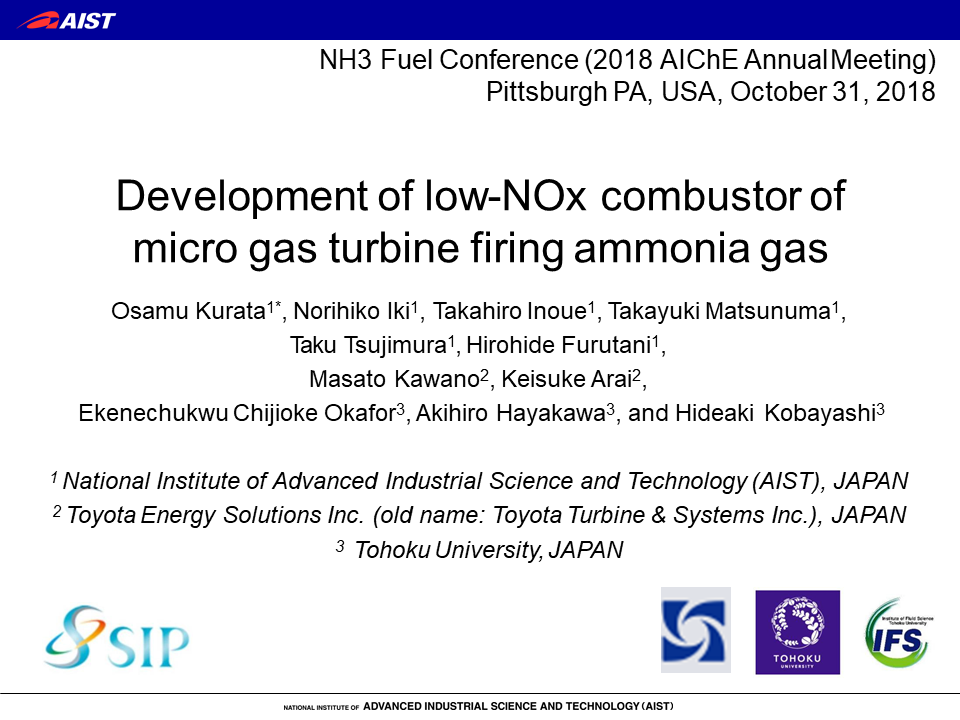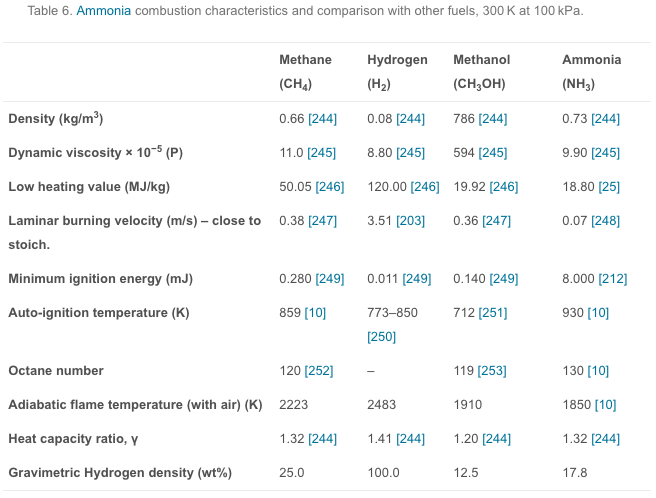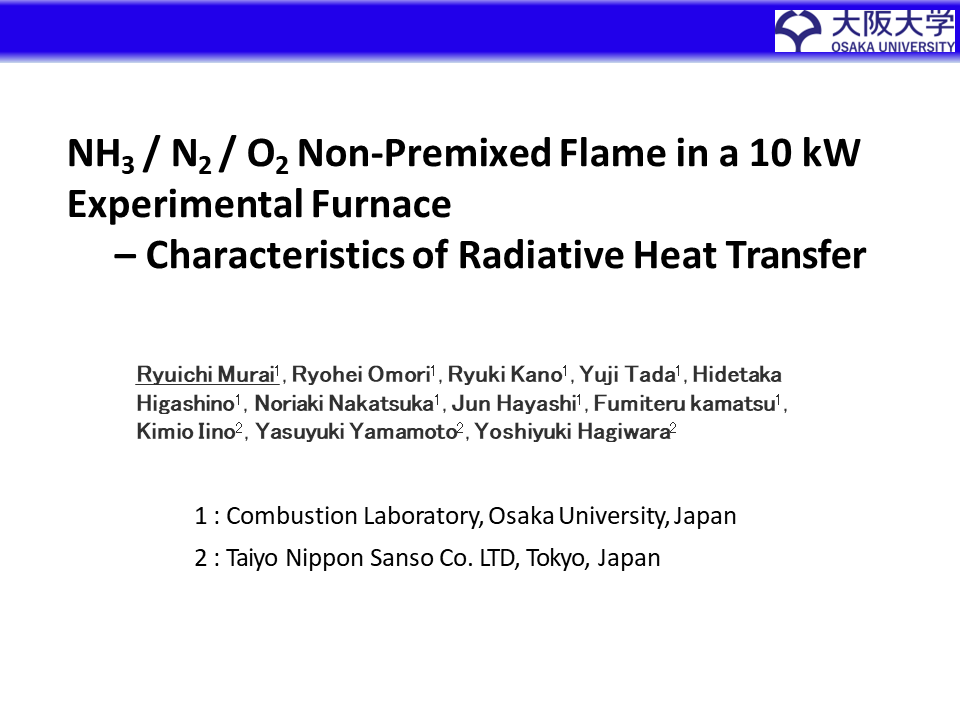Ammonia Combustion
Simulation Analysis of NH3 Mixed Combustion in Clinker Manufacturing Process
Two Stage Ammonia Combustion in a Gas Turbine like Combustor for Simultaneous NO and Unburnt Ammonia Reductions
Development of Low-NOx Combustor of Micro Gas Turbine Firing Ammonia Gas
Ammonia-Hydrogen Power for Combustion Engines
Ammonia for Power: a literature review
"Ammonia for Power" is an open-access literature review that includes over 300 citations for recent and ongoing research in the use of ammonia in engines, fuel cells, and turbines, as well as providing references to decades of historical case studies and publications. The review, written by a consortium of ammonia energy experts from the University of Cardiff, University of Oxford, the UK's Science and Technology Facilities Council, and Tsinghua University in China, can be found in the November 2018 edition of Progress in Energy and Combustion Science.
IHI First to Reach 20% Ammonia-Coal Co-Firing Milestone
The Japanese manufacturer IHI Corporation announced on March 28 that it had successfully demonstrated the co-firing of ammonia and coal in a fuel mix composed of 20% ammonia. Ammonia-coal co-firing had previously been demonstrated by Chugoku Electric in a fuel mix composed of just 0.6-0.8% ammonia. IHI says its ultimate goal is to “construct a value chain that connects the production and use of ammonia, using combustion technology of gas turbines and coal-fired boilers, using ammonia as fuel.”







